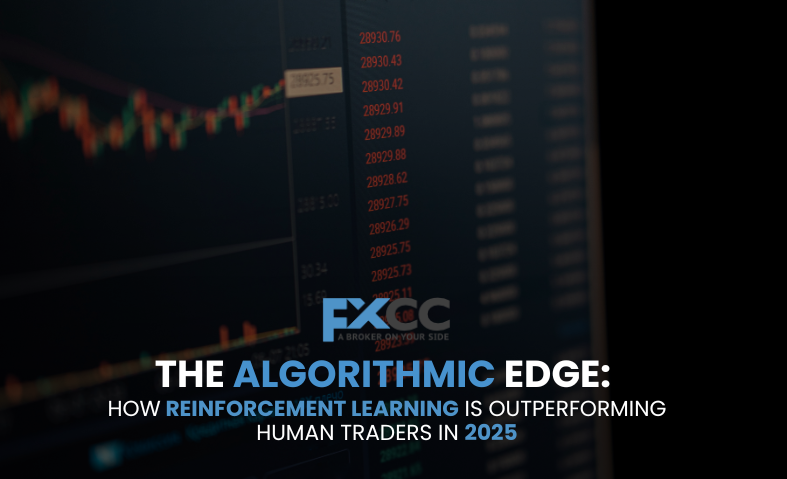The world of financial trading has always been a high-stakes arena, where human intuition, experience, and quick decision-making were once the ultimate arbiters of success. However, in 2025, a quiet revolution is underway, and its vanguard is Reinforcement Learning (RL). This advanced form of artificial intelligence is not just assisting human traders; it is consistently outperforming them, marking a significant shift in how markets operate.
The Power of Learning by Doing
At its core, Reinforcement Learning mirrors how humans learn: through trial and error, rewards, and punishments. In the context of trading, an RL agent interacts with a simulated or real market environment, taking actions (like buying, selling, or holding assets), observing the outcomes, and adjusting its strategy to maximize long-term profit. Instead of relying on fixed, pre-programmed instructions like conventional algorithmic trading systems, Reinforcement Learning agents continuously learn and adjust their approaches on the fly. This means they don’t just react to current market conditions; they anticipate and even shape them by understanding the complex, non-linear relationships that elude human analysis.

Consider the sheer volume and speed of data in today’s financial markets. News feeds, social media sentiment, macroeconomic indicators, and millions of price fluctuations occur in milliseconds. Human traders, no matter how skilled, are simply overwhelmed. RL algorithms, on the other hand, can process colossal datasets almost instantaneously, identifying subtle patterns and correlations that are invisible to the human eye. This ability to digest vast amounts of information and execute trades at lightning speed gives RL a decisive advantage in high-frequency trading and short-term strategies.
Beyond Human Limitations: Speed, Scale, and Emotion-Free Decisions
A key benefit of using Reinforcement Learning in trading is its absolute freedom from emotional influence. Human traders are susceptible to fear, greed, overconfidence, and panic, all of which can lead to irrational decisions and significant losses. An RL agent, however, operates purely on logic and data, executing its strategy with unwavering discipline. It doesn’t second-guess a decision based on a gut feeling or deviate from its plan after a string of losses. This emotionless execution contributes directly to consistent, optimal performance, especially in volatile market conditions where human psychology often falters.
Furthermore, RL agents can run millions of simulated trades in a fraction of the time it would take a human. This allows them to gain “decades” of trading experience in a matter of hours, refining their tactics and exploring a vast range of scenarios without risking real capital. This relentless optimization and continuous learning are something no human trader can replicate. They don’t need breaks, sleep, or coffee; they are constantly analyzing and improving.
The Shifting Landscape: A New Era for Traders
While the dominance of Reinforcement Learning might seem to signal the end of the human trader, the reality is more nuanced. Human intuition and judgment still hold value, particularly in unforeseen geopolitical events, major regulatory shifts, or truly “black swan” market disruptions where historical data offers no clear precedent. In these situations, the ability to “read the room” or apply contextual understanding beyond quantifiable data can be crucial.

However, the role of the human trader is rapidly evolving. Instead of directly competing with algorithms on speed and data processing, successful traders are becoming orchestrators and strategists. They are leveraging RL systems as powerful tools, focusing on developing overarching strategies, designing risk frameworks, and navigating exceptional market conditions. The future of trading is increasingly a hybrid model, where AI handles the grunt work of data `analysis, execution, and continuous optimization, freeing human experts to focus on the higher-level, less quantifiable aspects of market engagement.
The Bottom Line
In 2025, Reinforcement Learning has decisively proven its superiority in many facets of financial trading. Its ability to learn dynamically, process massive datasets at unparalleled speed, and execute trades without emotional bias gives it a formidable edge over human traders. While human ingenuity and contextual understanding remain vital, the financial landscape is undeniably shifting towards a collaborative future where intelligent algorithms, particularly those powered by Reinforcement Learning, are the primary drivers of trading success. Those who embrace this technological evolution will be the ones leading the markets forward.


